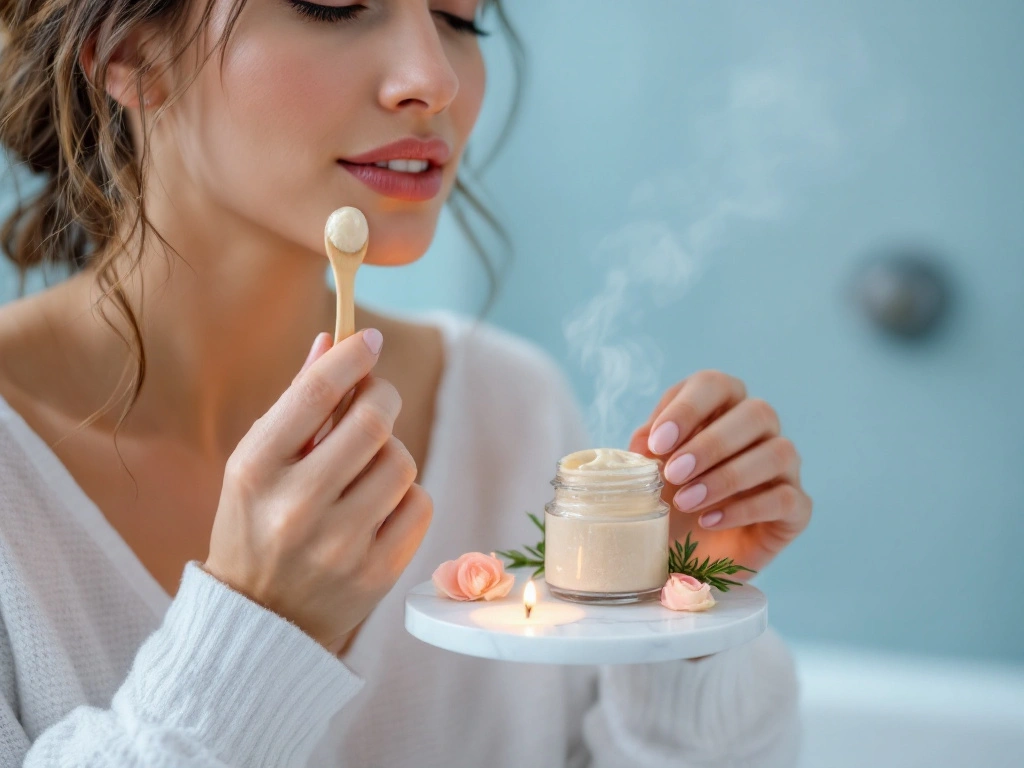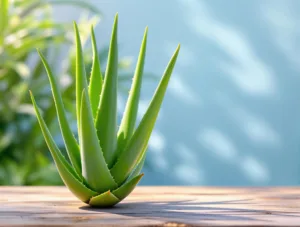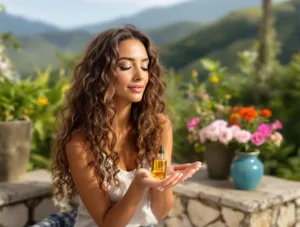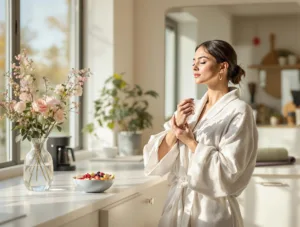The Ultimate Guide to Henna for Hair: Natural Dye and Treatment
Introduction
In a world increasingly turning toward natural and chemical-free beauty solutions, henna stands out as a time-tested remedy for hair care and coloring. Derived from the leaves of the Lawsonia inermis plant, henna has been used for centuries across cultures for its vibrant dyeing properties and therapeutic benefits. Unlike synthetic hair dyes that damage hair with harsh chemicals, henna strengthens, conditions, and adds a rich, natural hue.
This comprehensive guide explores everything you need to know about henna for hair—from its history and benefits to application techniques and troubleshooting. Whether you’re looking to cover grays, enhance shine, or repair damaged strands, henna offers a holistic solution.
1. The History and Cultural Significance of Henna
Henna’s use dates back over 5,000 years, with roots in ancient Egypt, India, and the Middle East. Historical records show Cleopatra using henna for cosmetic purposes, while Indian and African traditions incorporated it in weddings, festivals, and spiritual rituals.
- Egypt: Used for mummification and hair dye.
- India & Middle East: Symbolizes luck, beauty, and celebration in Mehndi art.
- Africa: Applied for cooling properties and natural hair conditioning.
Today, henna remains a staple in Ayurveda and holistic hair care, prized for its purity and versatility.
2. Benefits of Henna for Hair
A. Natural Hair Dye Without Chemicals
Most commercial dyes contain ammonia, peroxide, and parabens, which weaken hair over time. Henna, on the other hand:
- Provides permanent color that fades gradually.
- Does not strip natural oils.
- Offers shades ranging from deep red to auburn, brown (when mixed with indigo), and even black.
B. Strengthens and Repairs Hair
Henna binds to keratin, forming a protective layer that:
- Reduces breakage and split ends.
- Thickens hair strands for added volume.
- Seals the hair cuticle, enhancing smoothness.
C. Treats Scalp Conditions
Its antifungal and antibacterial properties help with:
- Dandruff and dryness.
- Scalp itchiness and irritation.
- Excessive oiliness by balancing sebum production.
D. Promotes Hair Growth
By improving scalp health and increasing circulation, henna:
- Stimulates dormant follicles.
- Reduces hair fall caused by stress or nutrient deficiencies.
3. Types of Henna for Hair
Not all henna is the same. Understanding the different forms ensures optimal results.
A. Pure Henna (Lawsonia Inermis)
- Provides a natural red-orange tint.
- Best for those seeking vibrant color or gray coverage.
B. Neutral Henna (Cassia Obovata)
- Does not dye hair but adds shine and strength.
- Ideal for those who want conditioning without color change.
C. Blended Henna (With Amla, Indigo, or Brahmi)
- Henna + Indigo: Creates brown to black shades.
- Henna + Amla: Enhances cool tones and adds volume.
- Henna + Brahmi: Promotes hair growth and thickness.
Tip: Always check for additives—some commercial “henna” mixes contain metallic salts that can react badly with chemical treatments.
4. How to Use Henna for Hair Dyeing and Treatment
Step 1: Choosing the Right Henna
- Opt for body-art quality henna for purity.
- Avoid pre-mixed powders with unknown additives.
Step 2: Preparing the Henna Paste
- Ingredients:100g henna powderWarm water or lemon juice (for dye release)1 tsp sugar (for smooth application)2 tbsp coconut oil (optional, for extra conditioning)
- Mixing Process:Combine henna with liquid until it reaches a yogurt-like consistency.Let sit for 4-12 hours (dye release occurs when the paste turns darker).
Step 3: Application
- Pre-application: Apply oil along the hairline to prevent staining.
- Section hair and apply henna from roots to tips.
- Cover with a shower cap and leave for 2-4 hours (longer for deeper color).
Step 4: Rinsing and Aftercare
- Rinse with water (avoid shampoo for 24-48 hours).
- Follow with a moisturizing conditioner to combat dryness.
5. Common Mistakes and Troubleshooting
A. Patchy or Uneven Color
- Cause: Inconsistent application or insufficient processing time.
- Fix: Ensure full coverage and leave henna on longer.
B. Dryness After Use
- Cause: Lemon juice can be drying.
- Fix: Add yogurt or aloe vera to the mix.
C. Color Too Bright or Orange
- Cause: Natural henna oxidizes over time.
- Fix: Mix with indigo for cooler tones or wait a few days for the color to deepen.
6. Henna for Different Hair Types
A. Fine or Thin Hair
- Use henna in moderation to avoid heaviness.
- Mix with amla for volume.
B. Curly or Coily Hair
- Henna enhances curl definition.
- Deep condition afterward to retain moisture.
C. Gray Hair
- Henna covers grays effectively but may require longer processing.
- For stubborn grays, apply twice for full coverage.
7. Long-Term Hair Care with Henna
A. Frequency of Use
- Every 4-6 weeks for color touch-ups.
- Monthly for conditioning treatments (neutral henna).
B. Maintaining Color and Shine
- Use sulfate-free shampoos.
- Apply henna gloss (diluted henna mixed with conditioner) for refreshment.
C. Combining with Other Natural Treatments
- Hibiscus: Enhances red tones.
- Fenugreek: Reduces hair fall.
- Coffee/Tea Rinse: Darkens color naturally.
Conclusion: Embracing Henna for Healthier, Beautiful Hair
Henna is more than just a natural dye—it’s a holistic treatment that revitalizes hair from root to tip. Unlike chemical alternatives, it strengthens, conditions, and imparts rich, long-lasting color without compromise.
Final Tips for Best Results:✔ Always strand-test before full application.✔ Be patient—henna’s color develops over 48 hours.✔ Customize your mix with herbs for added benefits.
By integrating henna into your hair care routine, you embrace a tradition that’s as nourishing as it is beautiful. Whether you seek vibrant color, scalp healing, or stronger strands, henna offers a natural, sustainable solution for all hair types.
Would you try henna for your next hair treatment? Share your experiences in the comments!









Add comment